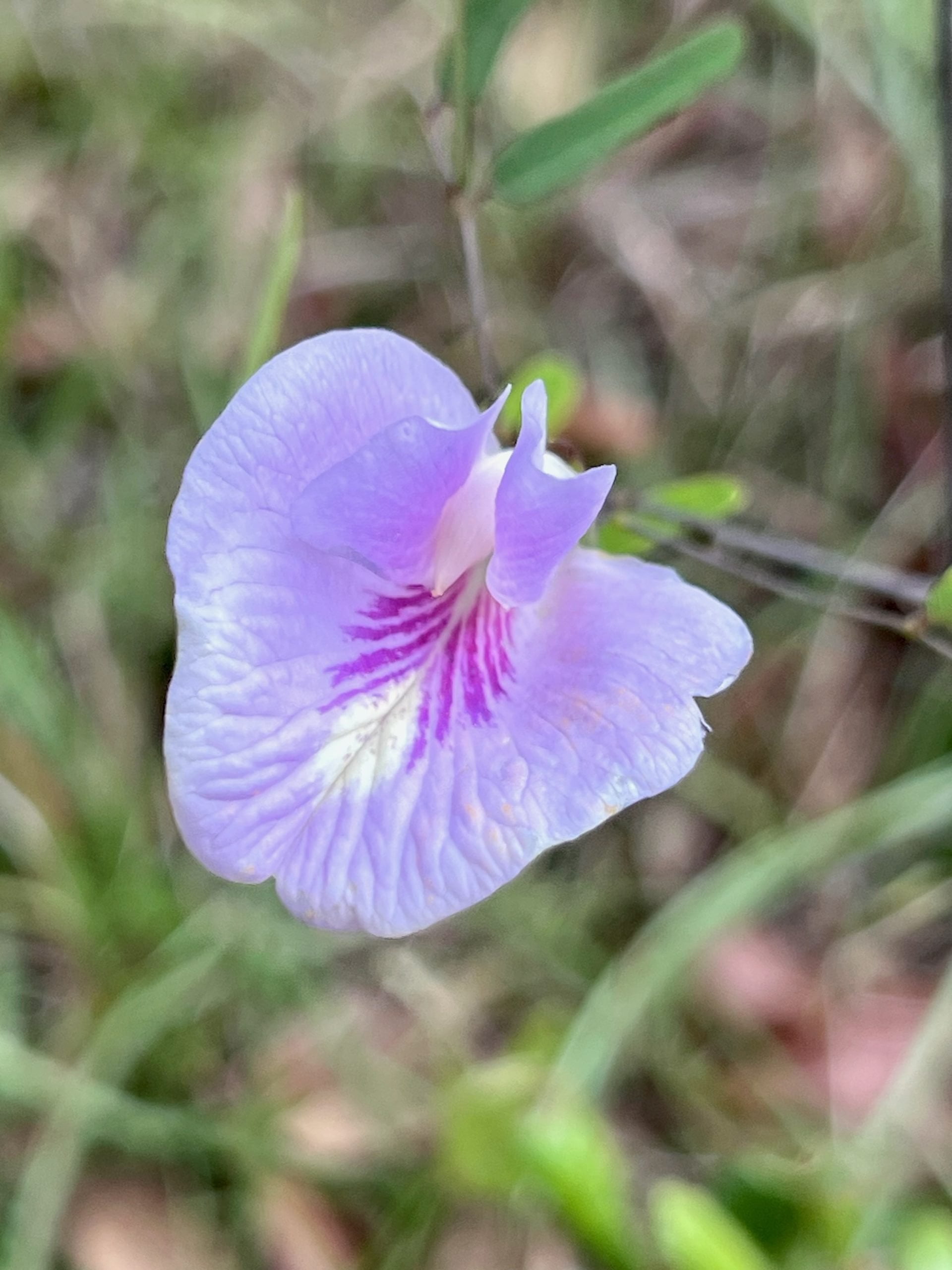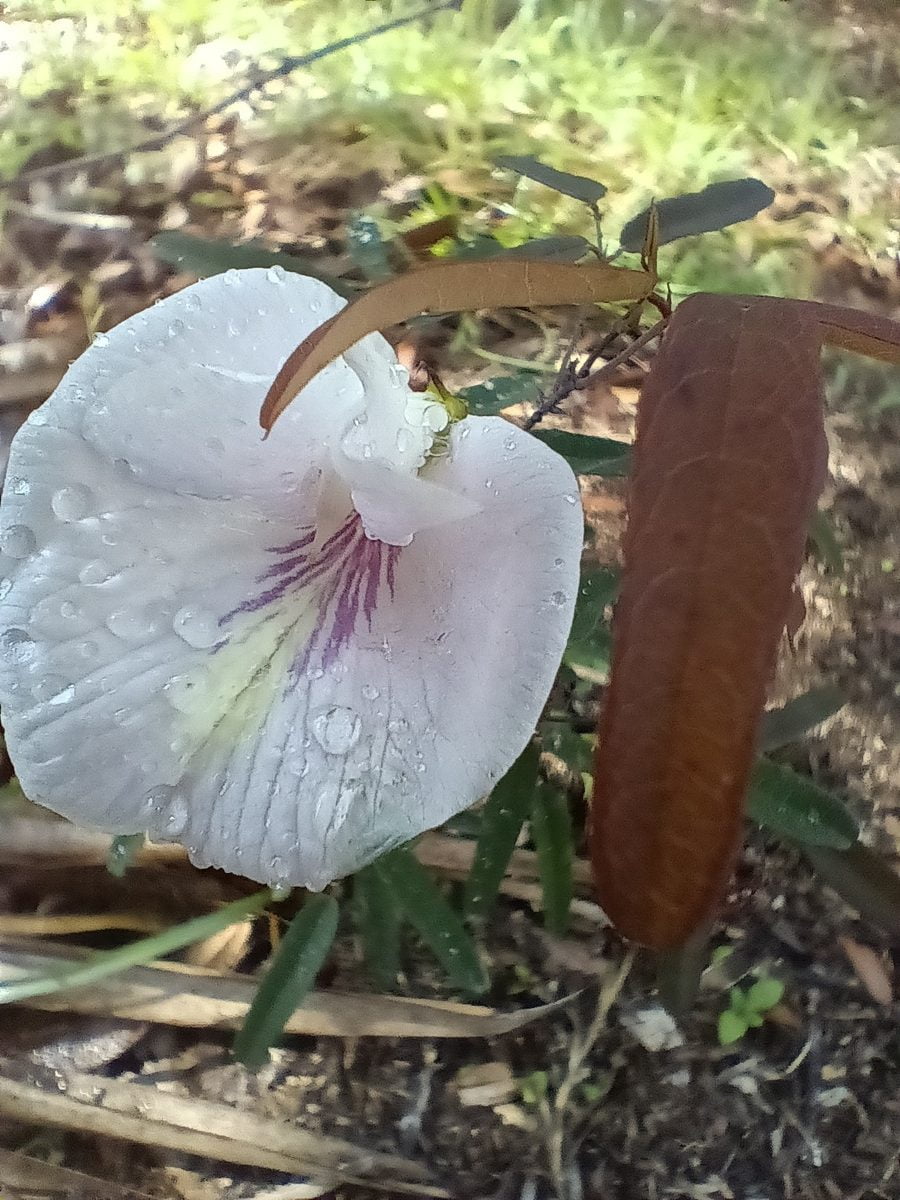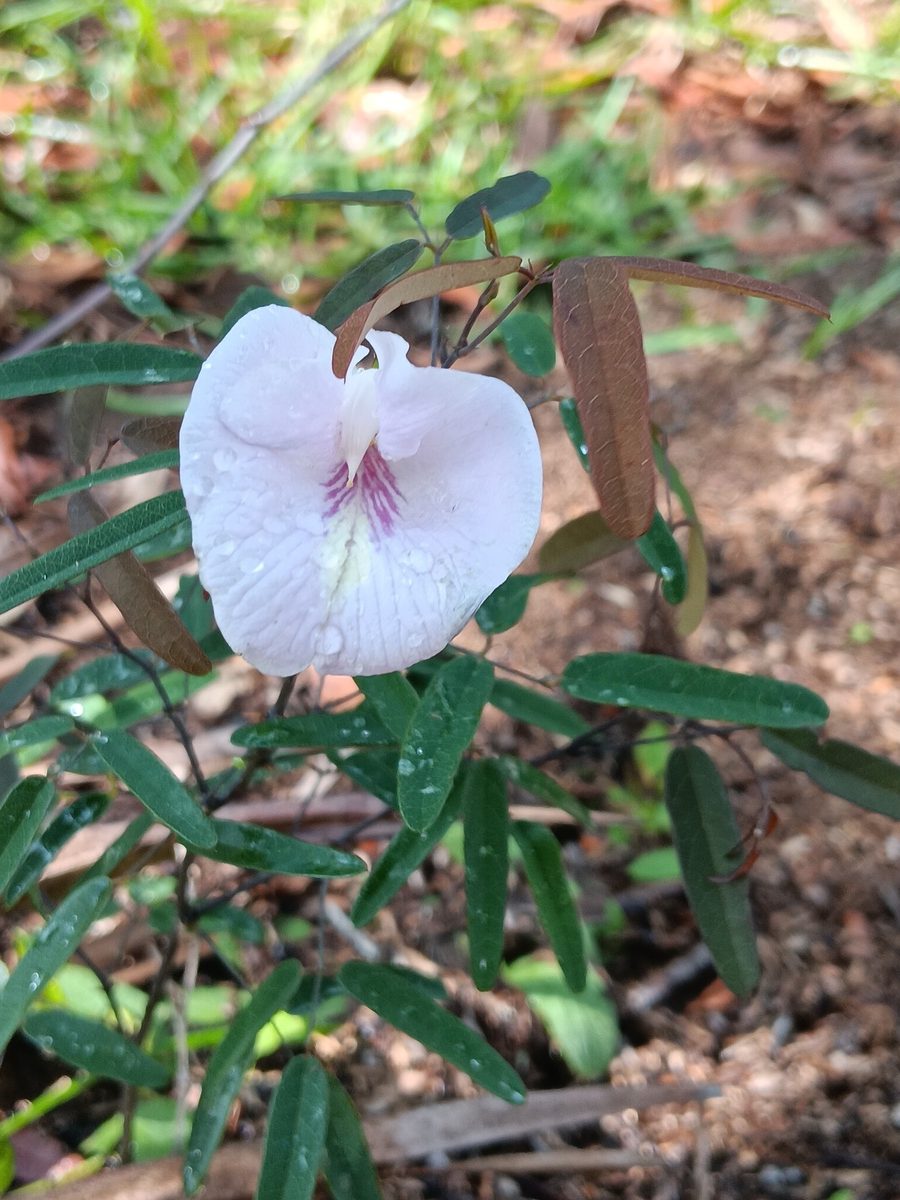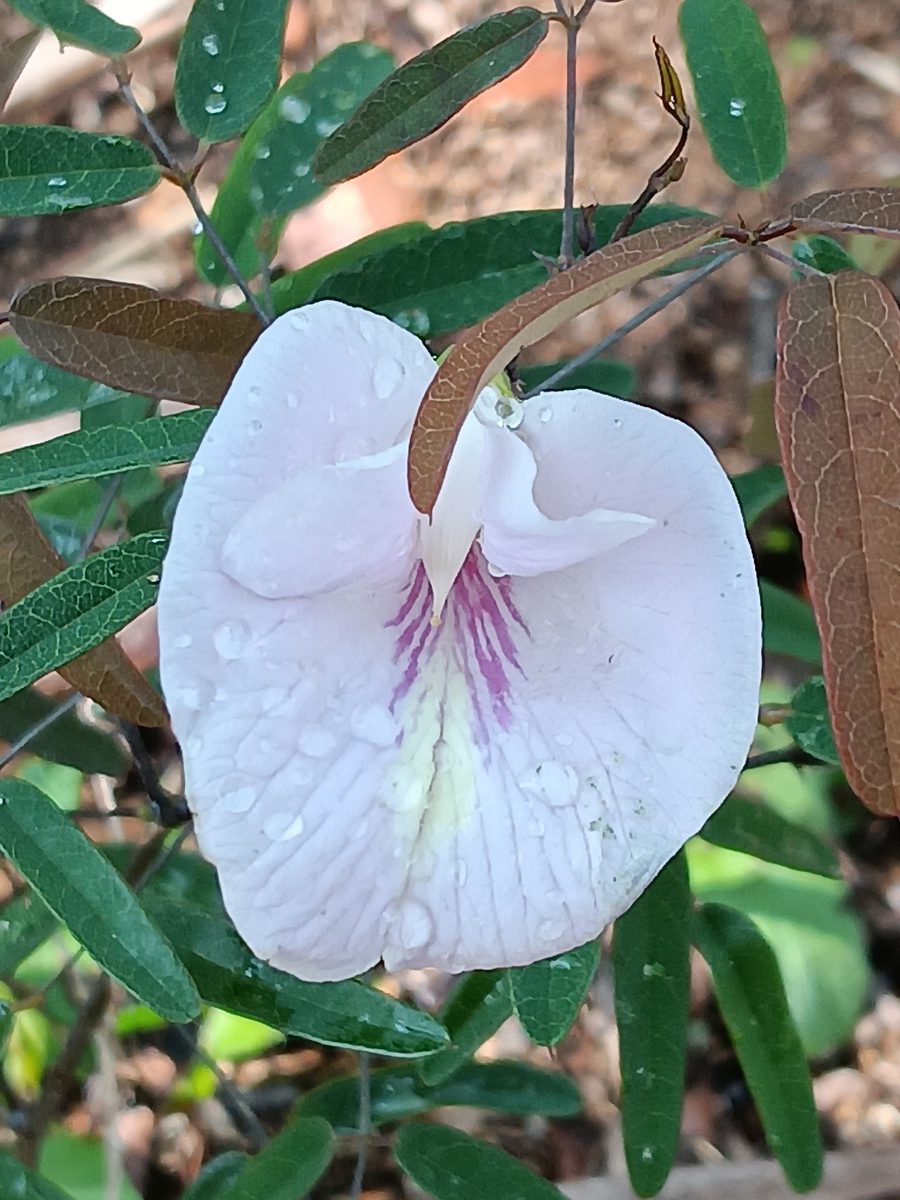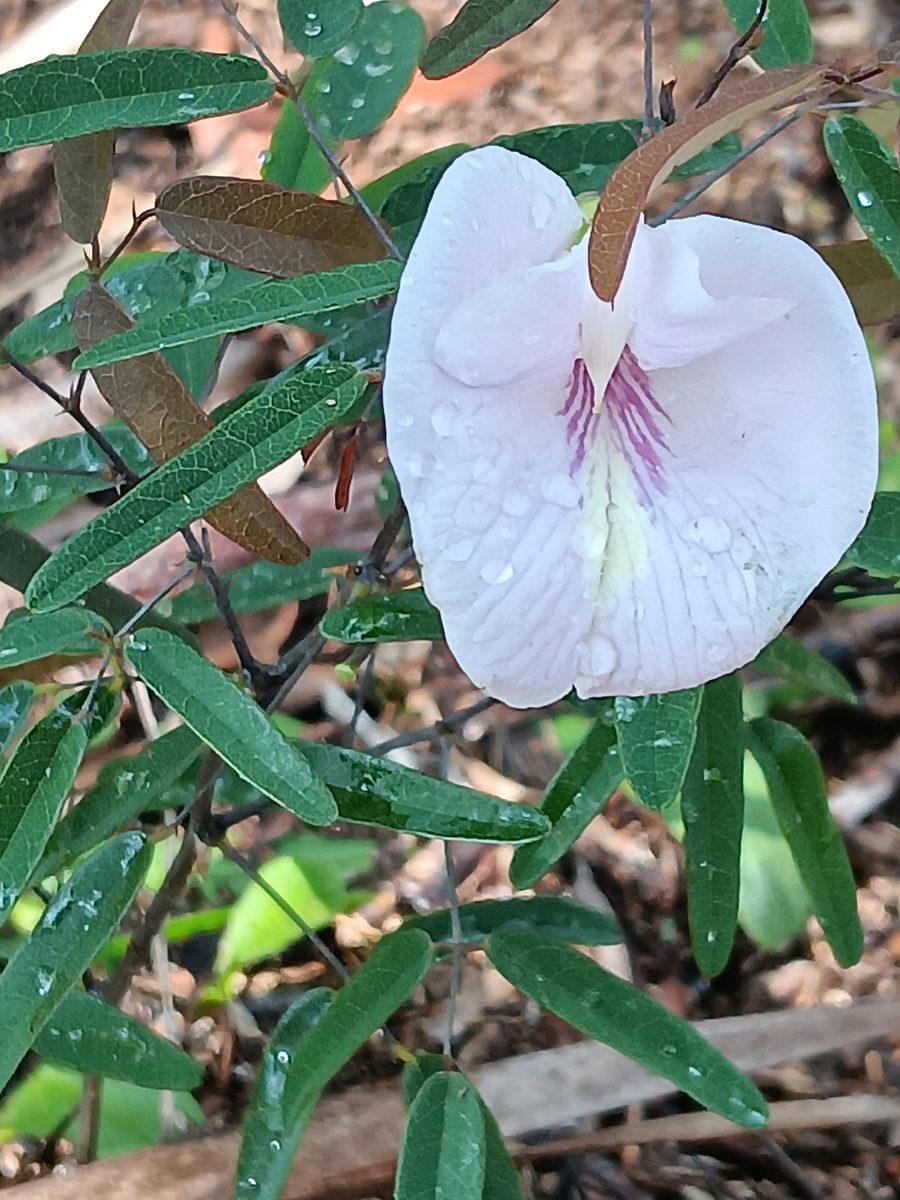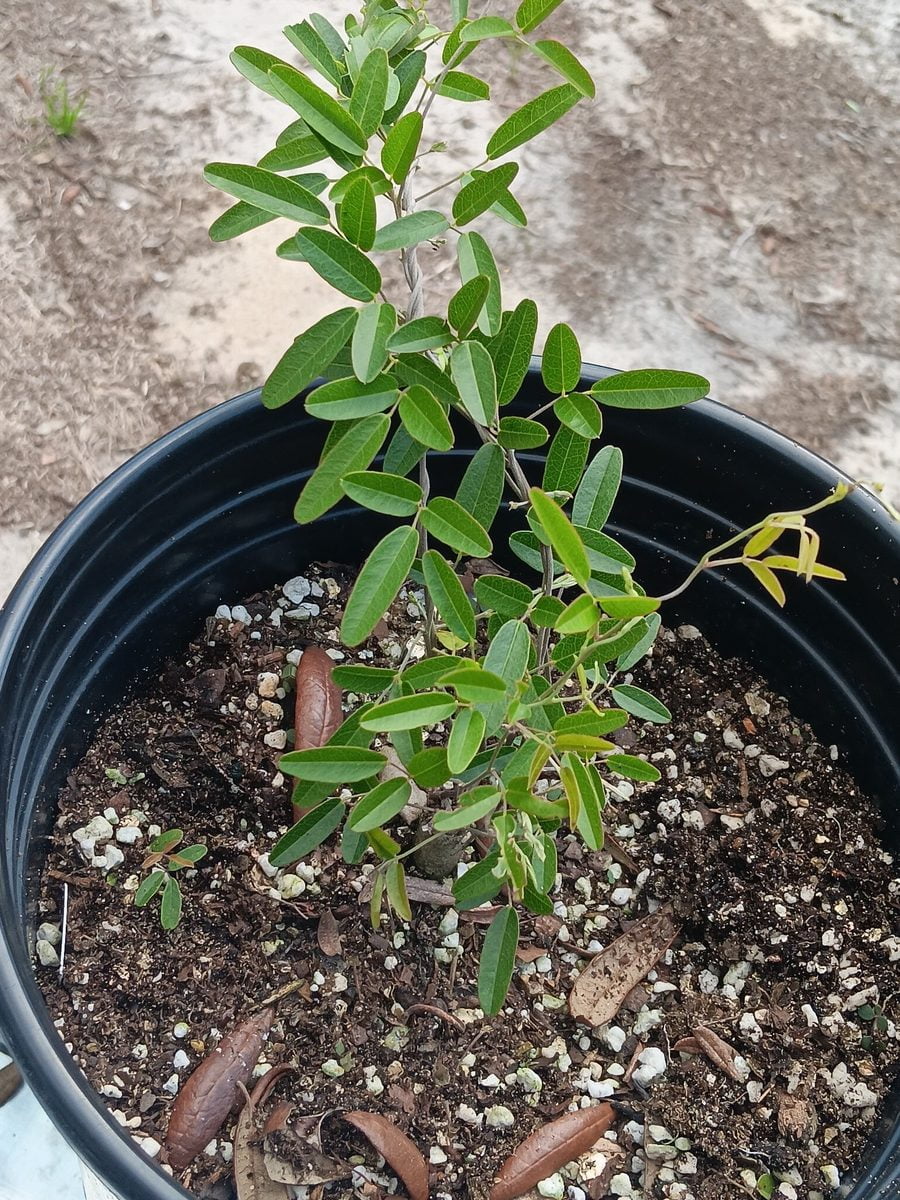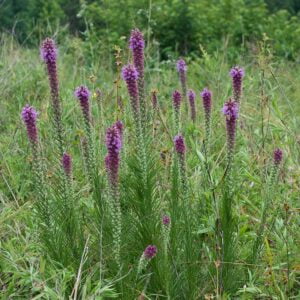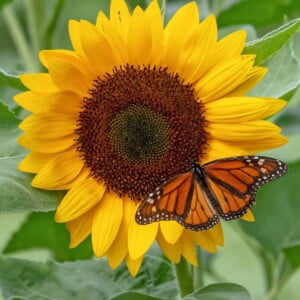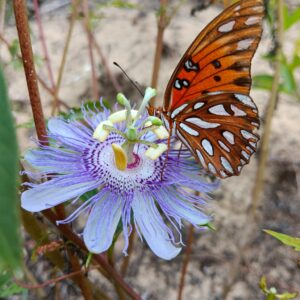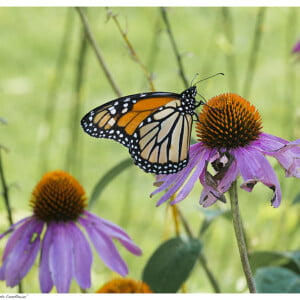2 Sweet-Scented Pigeonwings (Clitoria Fragrans) Seeds – Florida Native – FL ONLY
$6.00
Clitoria fragrans is a rare species of flowering plant in the legume family known by the common name pigeon wings, or sweet-scented pigeon wings. It is endemic to Central Florida and is listed as federally endangered. If you think you can grow one, then you can help Johnny on his mission to restore endangered species… one day at a time!
5 in stock (can be backordered)
Description
For Florida Only! Shipping Address must be within the state of Florida, U.S.A.
Clitoria fragrans is a rare species of flowering plant in the legume family known by the common name pigeon wings, or sweet-scented pigeon wings. It is endemic to Central Florida, where it was known most recently from 62 occurrences, but no current estimates of the total global population are available. The plant is a federally listed threatened species of the United States.
Johnny has a small, private collection of Sweet-Scented Pigeonwings on his conservation land, and is willing to share a small number of his precious Sweet-Scented Pigeonwings seeds (Clitoria Fragrans) for the year 2024. This is for two individual seeds. They will be in a kraft paper envelope known as a Micropacket. Shipping within the state of Florida only. This seed will not ship outside the state of Florida.
Purchases with Shipping Addresses outside Florida will be considered donations.
Ecology of Clitoria Fragrans
Climate: Clitoria Fragrans thrives in tropical and subtropical climates. It prefers warm temperatures and does well in areas with average annual temperatures ranging from 20°C to 30°C (68°F to 86°F). It can tolerate a wide range of humidity levels, from moderate to high.
Sunlight: This plant species generally prefers full sun to partial shade. It can tolerate some shade, especially during the hottest parts of the day, but it typically performs best when exposed to at least 4-6 hours of direct sunlight daily.
Soil: Clitoria Fragrans prefers well-drained, sandy soils that are rich in organic matter. It can grow in a variety of soil types, including loam, sandy loam, and clay loam. The soil pH should be slightly acidic to neutral, ranging from 6.0 to 7.5.
Water: Adequate moisture is crucial for the growth of Clitoria fragrans. It prefers consistent moisture but is also tolerant of short periods of drought once established. Avoid waterlogging the soil, as excessive moisture can lead to root rot. Water daily for the first year.
Propagation: Clitoria fragrans can reproduce through both seeds and vegetative means. It readily self-seeds in favorable conditions, and its seeds can germinate after scarification. Additionally, the plant can be propagated by stem cuttings or through division.
Habitat: In its natural habitat, Clitoria fragrans can be found growing in a variety of locations, including forests, woodland edges, and along streams or rivers. It is known for its climbing habit, using other plants or structures for support.
Pollinators: Clitoria fragrans is pollinated by a range of insects, including bees and butterflies, which are attracted to its showy, fragrant flowers. It serves as a nectar source for pollinators and contributes to local biodiversity.
It’s important to note that while Clitoria fragrans has certain ecological preferences, it can also adapt to different conditions within its suitable range of Highlands, Lake, Marion, Orange, Polk counties of Central Florida and its interior ridges. When cultivating this plant, it’s beneficial to provide it with conditions similar to its native habitat to promote healthy growth and flowering.
Germination Instructions for Clitoria Fragrans
Clitoria fragrans seeds can be germinated using the following general guidelines:
- Start Quickly: Fresh seeds have a higher germination rate compared to older seeds. Be ready to start with all necessary supplies once the shipment arrives.
- Seed Scarification: The hard seed coat of Clitoria fragrans can benefit from scarification, which involves breaking, scratching, or nicking the seed coat to facilitate water absorption. This can be done by gently rubbing the seeds with sandpaper or by soaking them in hot water for a brief period (e.g., 10-15 seconds).
- Seed Soaking: After scarification, soak the seeds in room temperature water for 24 to 48 hours. This helps soften the seed coat and initiates the germination process.
- Seed Sowing: Fill a seed tray or small pots with a well-draining germination mix. Plant the scarified seeds in the soil, covering them with a thin layer of the germination mix. Alternatively, you can sow the seeds directly into the desired growing location if the conditions are suitable.
- Germination Conditions: Place the seed tray or pots in a warm location with a temperature range of approximately 20-25°C (68-77°F). Provide bright, indirect light but avoid direct sunlight, as it can be too intense for the young seedlings. Maintain a consistently moist but not waterlogged soil. Using a plastic cover or a clear plastic bag can help retain moisture.
- Germination Time: Clitoria fragrans seeds usually germinate within 1 to 2 weeks, but it can take longer in some cases. Be patient and continue to provide the appropriate growing conditions.
- Transplanting: Once the seedlings have developed a few sets of true leaves and are sturdy enough, they can be transplanted into individual pots or into the desired outdoor location. Ensure the soil is well-draining and provide regular watering and care as the plants continue to grow.
It’s worth noting that our White-tailed Deer love Sweet-Scented Pigeonwing and seem to know how to grow them really well, scarifying them through their intestinal tract. So you can’t go wrong feeding Clitoria Fragrans to your deer.
We have had success germinating Sweet-Scented Pigeonwing in Jiffy Pots with LED light and humidity trays. We have one Clitoria Fragrans with Clitoria Mariana in a nursery pot that was started in peat. It seems to thrive in typical “moisture control” potting soil.
Sweet-Scented Pigeonwing seem to like some shade and leaf litter from Sand Live Oak, but not too much. They definitely return to the same spot each year, once established.
Being legumes after all, you might check out How to Grow Legumes or similar instructions as reference.
See also Clitoria Fragrans at the University of South Florida Atlas of Vascular Plants.
CLITORIA FRAGRANS Small, Torreya 26: 57. 1926.
